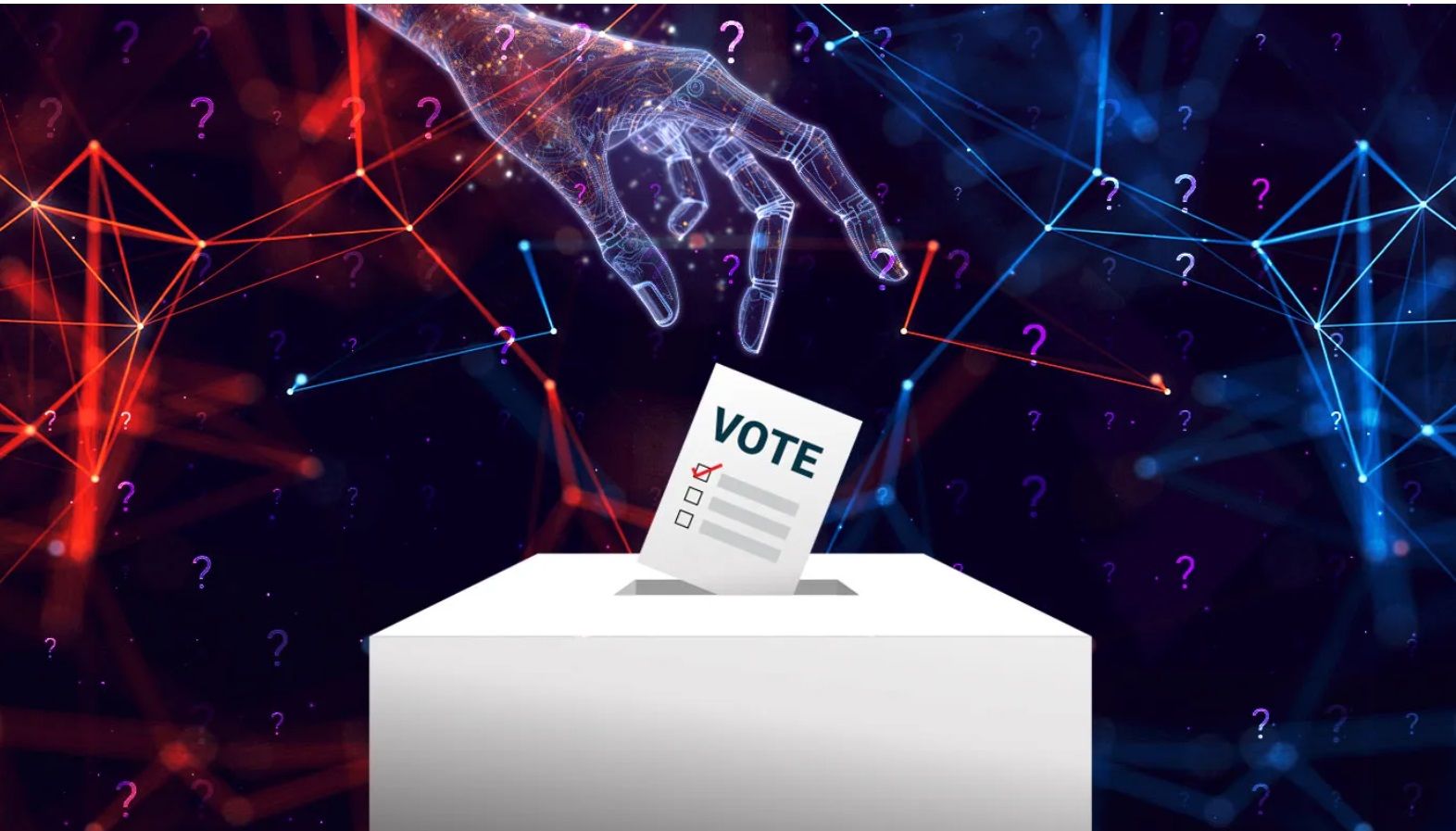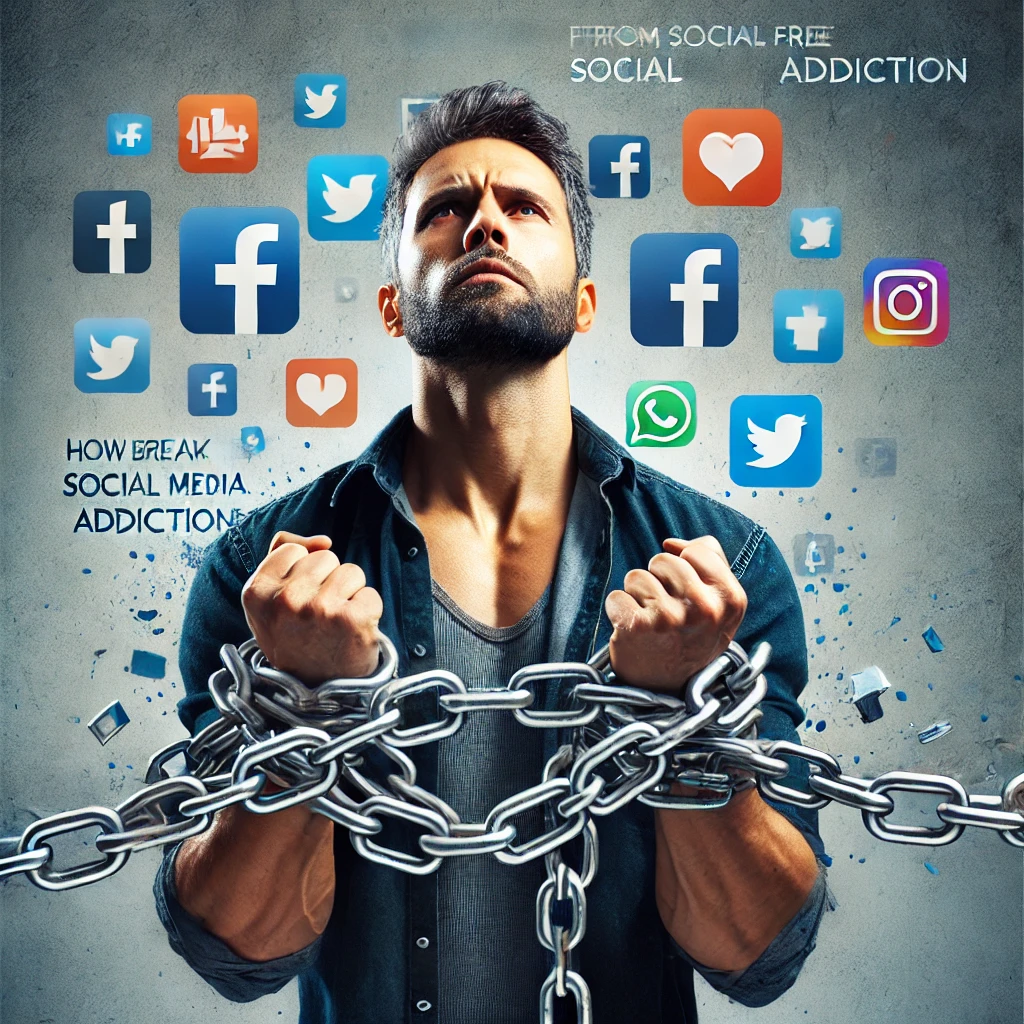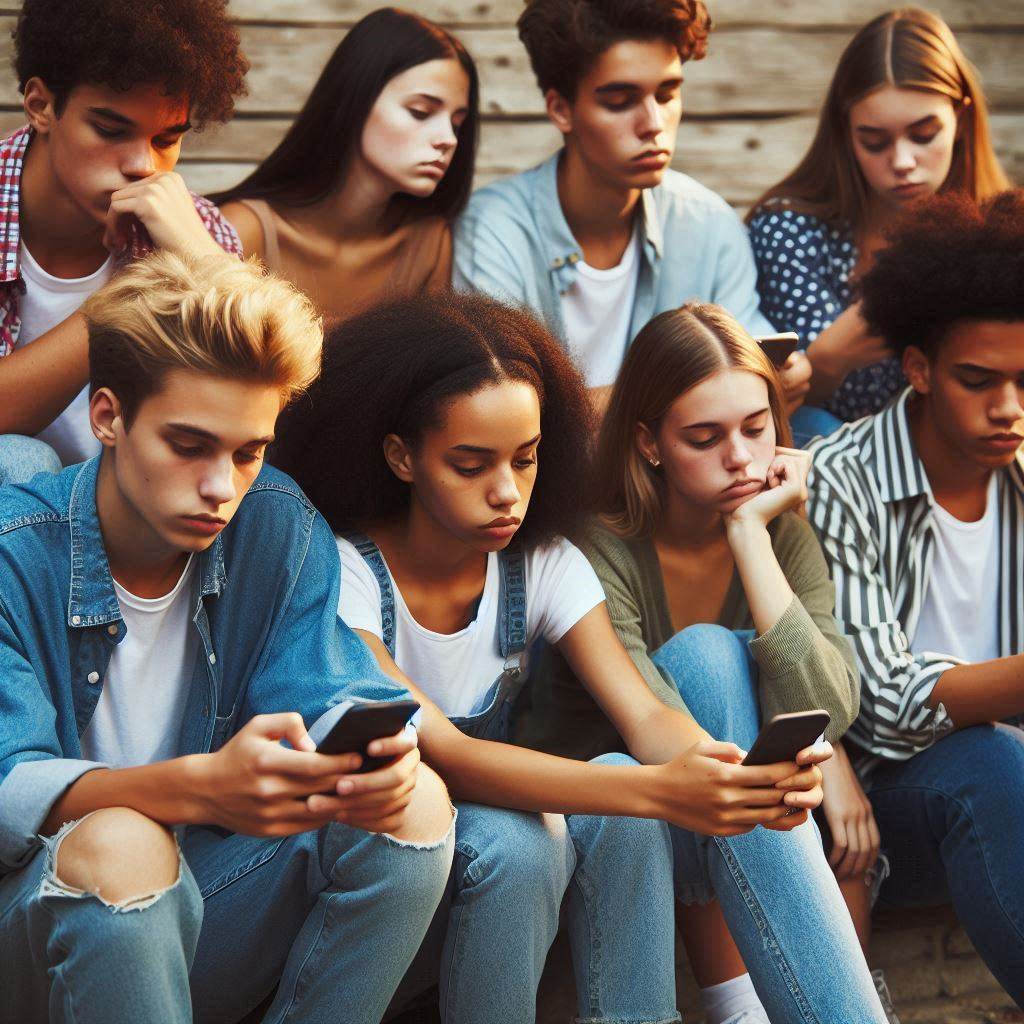How Foreign Governments Attempt to Manipulate US Elections Using Social Media
Foreign Influence and Election Manipulation – The integrity of democratic elections is fundamental to the functioning of any democracy. Yet, in the age of digital communication, this integrity is increasingly under threat from foreign interference, particularly through social media. As we approach the 2024 presidential election, it is essential to understand how foreign governments have historically used social media to manipulate US elections and the potential threats we face moving forward.
Historical Examples of Social Media Election Manipulation
1. The 2016 Presidential Election
The 2016 US presidential election serves as a prime example of foreign interference via social media. The Russian government’s efforts to influence the election were documented by the US intelligence community and the Mueller Report. Key tactics included:
- Disinformation Campaigns: The Internet Research Agency (IRA), a Russian troll farm, created thousands of fake social media profiles to disseminate false and divisive information. These accounts targeted specific demographics to sway public opinion and exacerbate social tensions .
- Amplifying Divisive Content: By promoting controversial issues like race relations and immigration, these foreign actors aimed to deepen societal divisions and create discord among the American populace .
2. The 2020 Presidential Election
Although there was heightened awareness and defensive measures against foreign interference in the 2020 election, attempts persisted:
- Multinational Interference: Russia, China, and Iran were identified as actively attempting to influence US voters through social media manipulation and state-sponsored propaganda .
- Sophisticated Disinformation Tactics: These countries used advanced tactics such as deepfake videos and fake news websites to mislead and confuse voters. The aim was not only to support or oppose specific candidates but also to undermine trust in the electoral process itself .
Methods of Social Media Manipulation
Foreign governments employ a variety of sophisticated methods to manipulate elections through social media:
1. Creation of Fake Accounts and Bot Networks
Foreign operatives create fake social media profiles posing as US citizens to spread misinformation and engage with legitimate users:
- Fake Accounts: These accounts disseminate false information, create and promote divisive content, and steer conversations in certain directions. They often impersonate real individuals or organizations to appear credible .
- Bot Networks: Automated bots amplify misinformation at scale, making it appear more credible due to the sheer volume of posts. They can also drive hashtags and trends, manipulating the public discourse and shaping public perception .
2. Targeted Advertising
Foreign actors purchase ads on social media platforms to target specific groups of voters:
- Micro-Targeting: Using data analytics, these actors target ads to specific demographics, regions, or interest groups. The ads are designed to influence opinions, suppress voter turnout, or sow confusion about the voting process .
3. Spread of Misinformation and Conspiracy Theories
Social media is an effective tool for spreading false information and conspiracy theories that can influence voter behavior:
- Misinformation Campaigns: By spreading false narratives about candidates, policies, or the electoral process, foreign actors aim to mislead voters and undermine confidence in the election’s legitimacy .
- Conspiracy Theories: Promoting unfounded conspiracy theories can create fear, uncertainty, and doubt among voters, leading to lower voter turnout and increased political polarization .
4. Cyber Attacks and Data Leaks
While not purely social media-based, cyber attacks often lead to data leaks that are then disseminated via social media to influence public opinion:
- Hacking: Foreign hackers target political campaigns, parties, and related entities to steal sensitive information .
- Data Leaks: Stolen information is released strategically, often via social media platforms, to damage candidates or parties and sway public opinion .
Looking Ahead to the 2024 Presidential Election
As the 2024 presidential election approaches, several factors make it a potential target for continued foreign interference via social media:
1. Increased Political Polarization
The US remains highly polarized, creating an environment ripe for exploitation by foreign actors seeking to deepen divisions. Issues such as race relations, healthcare, and economic inequality are likely focal points for disinformation campaigns .
2. Technological Advancements
Advancements in artificial intelligence (AI) and deepfake technology pose new challenges. These tools can create highly convincing fake videos and audio recordings that could mislead voters and discredit candidates .
3. Social Media Platform Vulnerabilities
Despite efforts to improve security, social media platforms continue to face challenges in identifying and mitigating foreign interference. Ensuring robust measures to detect and prevent manipulation is critical .
Our Enemies Among Us
Foreign interference in US elections through social media is a significant and ongoing threat. By understanding the methods used by foreign governments to manipulate elections, we can develop more effective countermeasures. As we approach the 2024 presidential election, vigilance, transparency, and robust cybersecurity measures will be essential in protecting the integrity of the electoral process. By learning from past experiences and anticipating future threats, we can better safeguard democracy and ensure that the will of the people is accurately reflected in election outcomes.
References
- “The Mueller Report: Report on the Investigation into Russian Interference in the 2016 Presidential Election,” U.S. Department of Justice.
- “Russian Influence Operations on Twitter,” University of Oxford, Computational Propaganda Research Project.
- “How Russia Used Social Media to Divide Americans,” New York Times.
- “Foreign Threats to the 2020 U.S. Elections,” Office of the Director of National Intelligence.
- “The Growing Threat of Deepfakes,” Brookings Institution.
- “Russian Influence Operations on Twitter,” University of Oxford, Computational Propaganda Research Project.
- “The Role of Bots in Electoral Interference,” Carnegie Mellon University.
- “Micro-Targeting and Political Advertising,” Pew Research Center.
- “Misinformation and the 2020 Election,” Harvard Kennedy School, Shorenstein Center.
- “The Spread of Conspiracy Theories,” Atlantic Council.
- “Cyber Attacks on Political Campaigns,” Cybersecurity and Infrastructure Security Agency (CISA).
- “The Impact of Data Leaks on Elections,” Journal of Cyber Policy.
- “Political Polarization in America,” Pew Research Center.
- “The Dangers of Deepfake Technology,” MIT Technology Review.
- “Securing Social Media Platforms,” National Institute of Standards and Technology (NIST).





